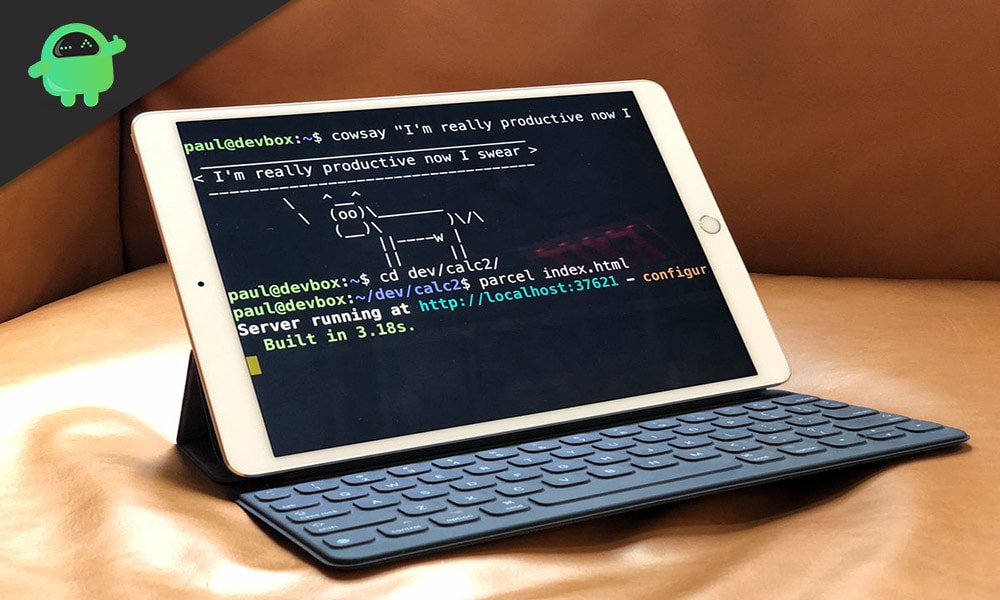Running Linux on your iPad in 2023
The Limitations of iOSPermalink
The iPad runs Apple’s proprietary mobile operating system called iOS. While iOS provides a smooth and optimized experience for the touch interface of the iPad, it comes with some limitations. iOS is closed-source which means users do not have full filesystem access or control over the underlying system. Some power users and developers want more flexibility and access to install alternative applications and operating systems on their devices.

Jailbreaking as an OptionPermalink
One way to gain greater control over an iOS device is through the process of jailbreaking. Jailbreaking removes software restrictions imposed by Apple to allow installation of third-party applications and modifications to the operating system. With a jailbroken iPad, it is possible to run the Linux shell iSH app which provides access to basic Linux commands directly on the iPad. However, jailbreaking voids the device warranty and Apple periodically releases firmware updates to patch jailbreak exploits.
Running Linux in a Virtual MachinePermalink
A more stable option than jailbreaking is to run Linux inside a virtual machine on the iPad. Popular virtualization apps like UTM virtual machine and VMware Fusion allow you to emulate an x86 PC environment directly on the iPad’s ARM processor. This lets you install regular Linux distributions like Ubuntu and run them within the virtual machine environment. Though emulation introduces performance overhead, it provides an amazing experience to access Linux apps and desktop directly on the iPad touchscreen.
Linux Distribution Projects for iPad HardwarePermalink
Dedicated developers are also working on projects to port full-fledged Linux distributions for direct installation on iPad hardware. One such notable project is postmarketOS, which aims to deliver a touch-optimized Alpine Linux installation for select older iPad models. PostmarketOS leverages the Linux on ARM architecture to boot a stripped-down user-facing Linux system on compatible iPads. While still under heavy development, such projects offer an intriguing path to fully replace iPadOS with Linux in the future.
Using an Alternative Tablet PlatformPermalink
For users seeking a hands-on Linux experience on a tablet form factor, an alternative to the iPad worth considering is Android tablets. Several cheap Android tablets exist that can be easily “rooted” to gain low-level system access. This allows installing alternative Linux-based Android mods like LineageOS, which deliver a pure Android Open Source Project (AOSP) experience along with a full-fledged Linux desktop environment. Power users also have the option of directly booting many popular Linux distributions on specific Android tablets with enough documentation available online.
Outlook for Native Linux SupportPermalink
Given Apple’s walled garden approach and focus on proprietary software, it seems unlikely that official support for running other operating systems on iPads will emerge anytime soon. However, the open community continues to explore innovative hacks and projects to bring Linux capabilities to iPad devices. As tablets grow increasingly powerful, we may eventually see viable ways to install user-friendly Linux systems as a multi-boot or dedicated option on newer iPad hardware in the future through projects like postmarketOS. Only time will tell how far the boundaries can be pushed.

